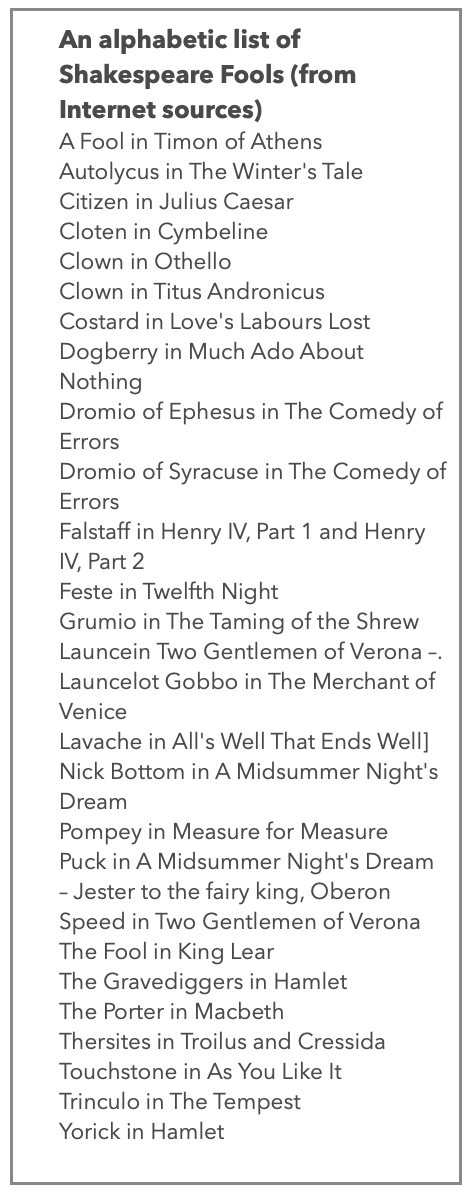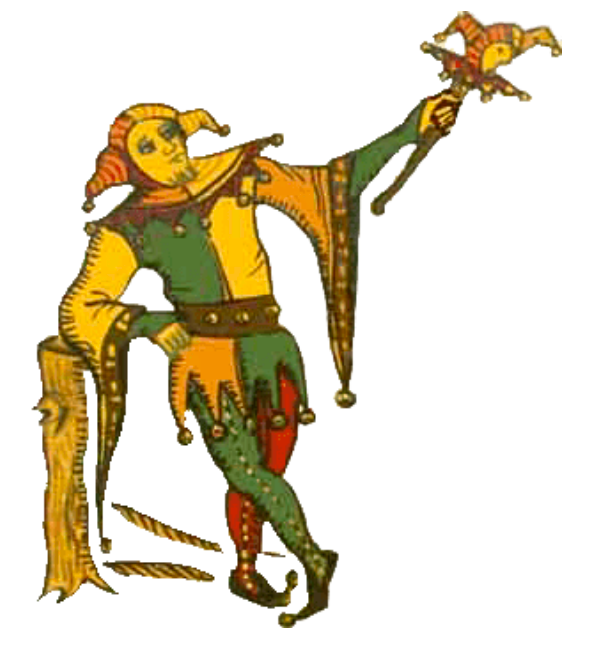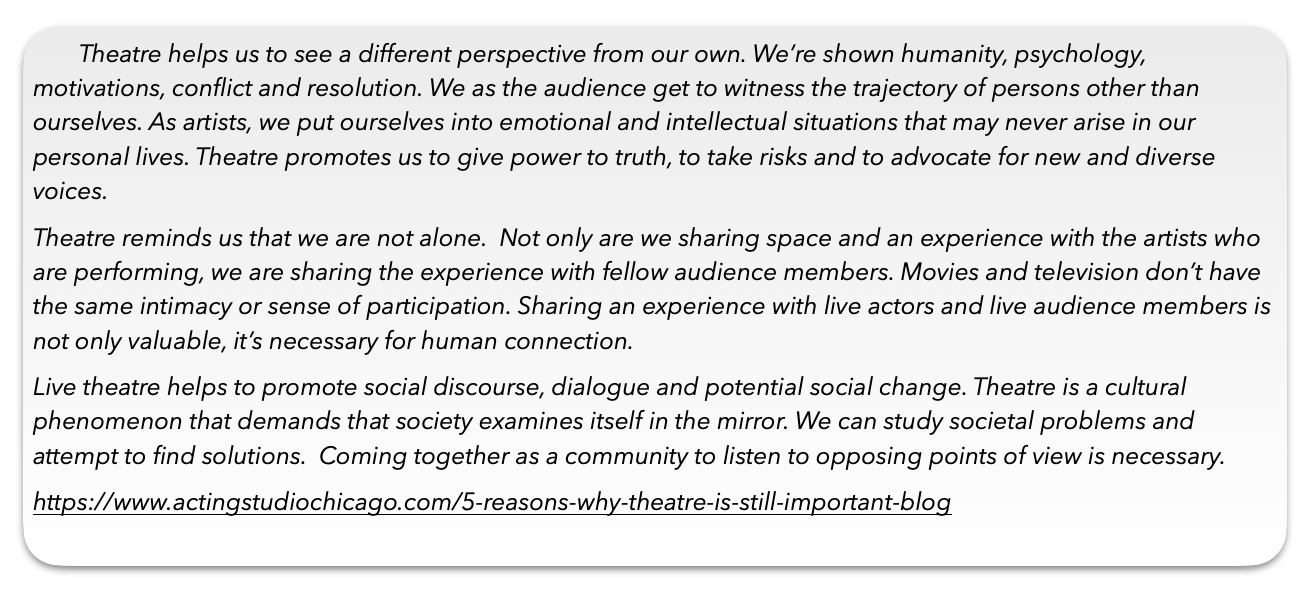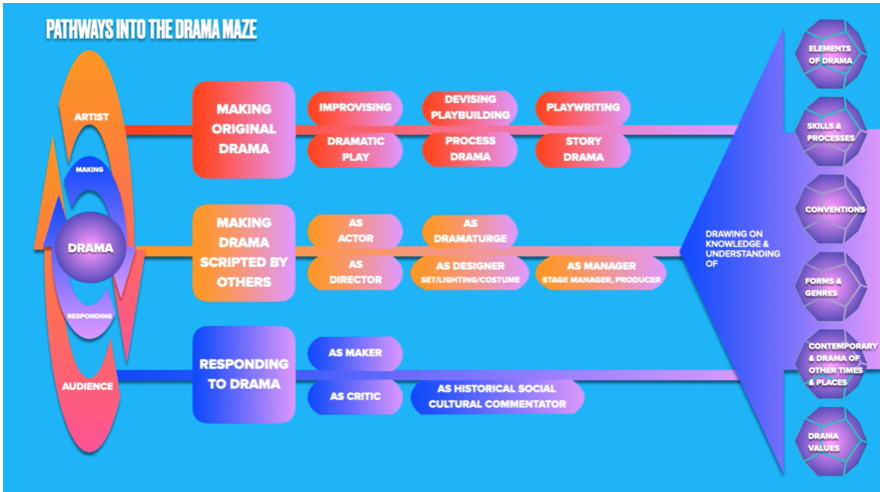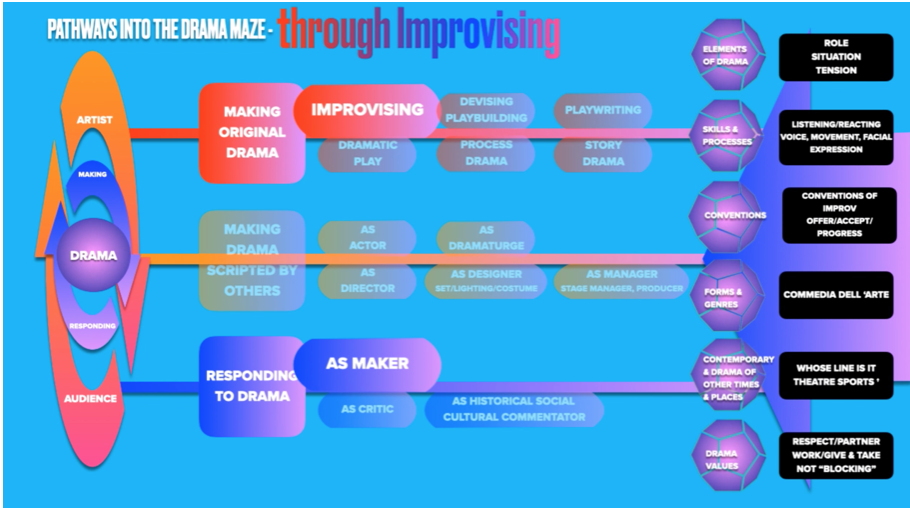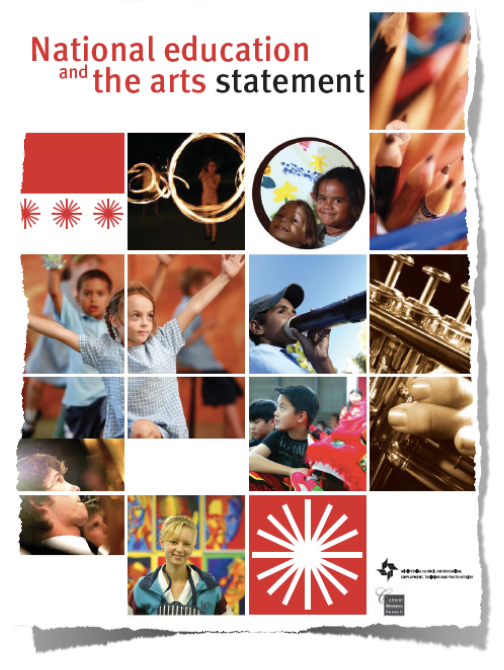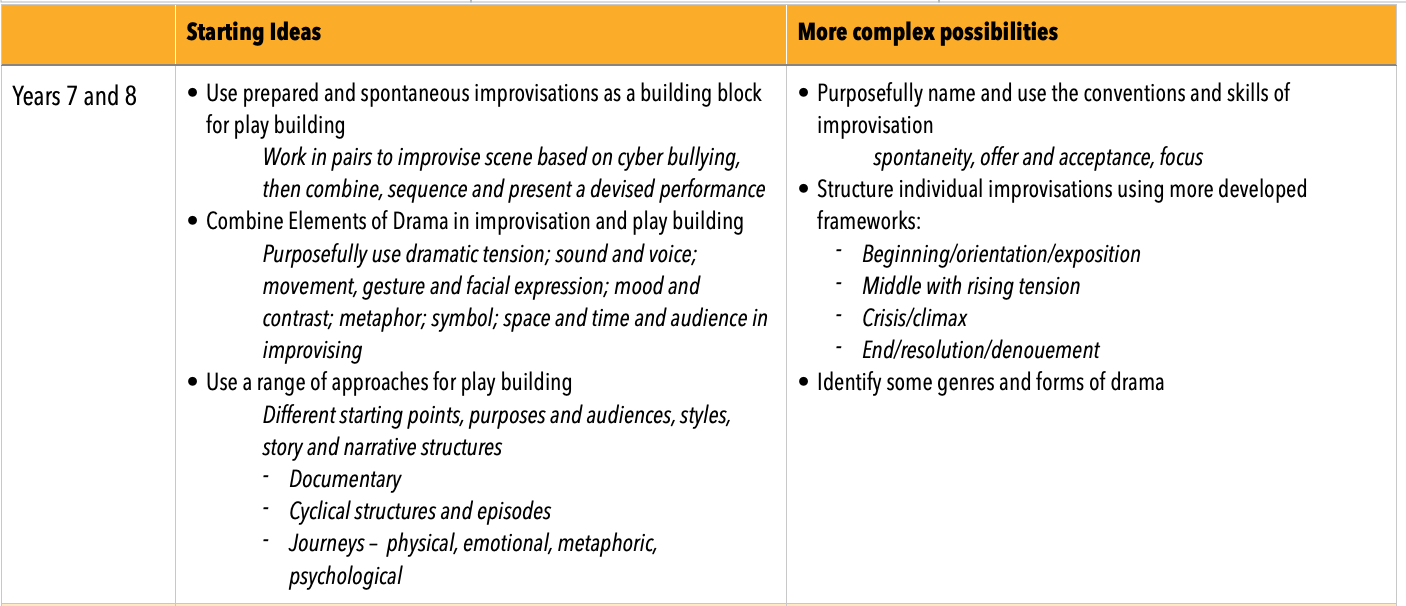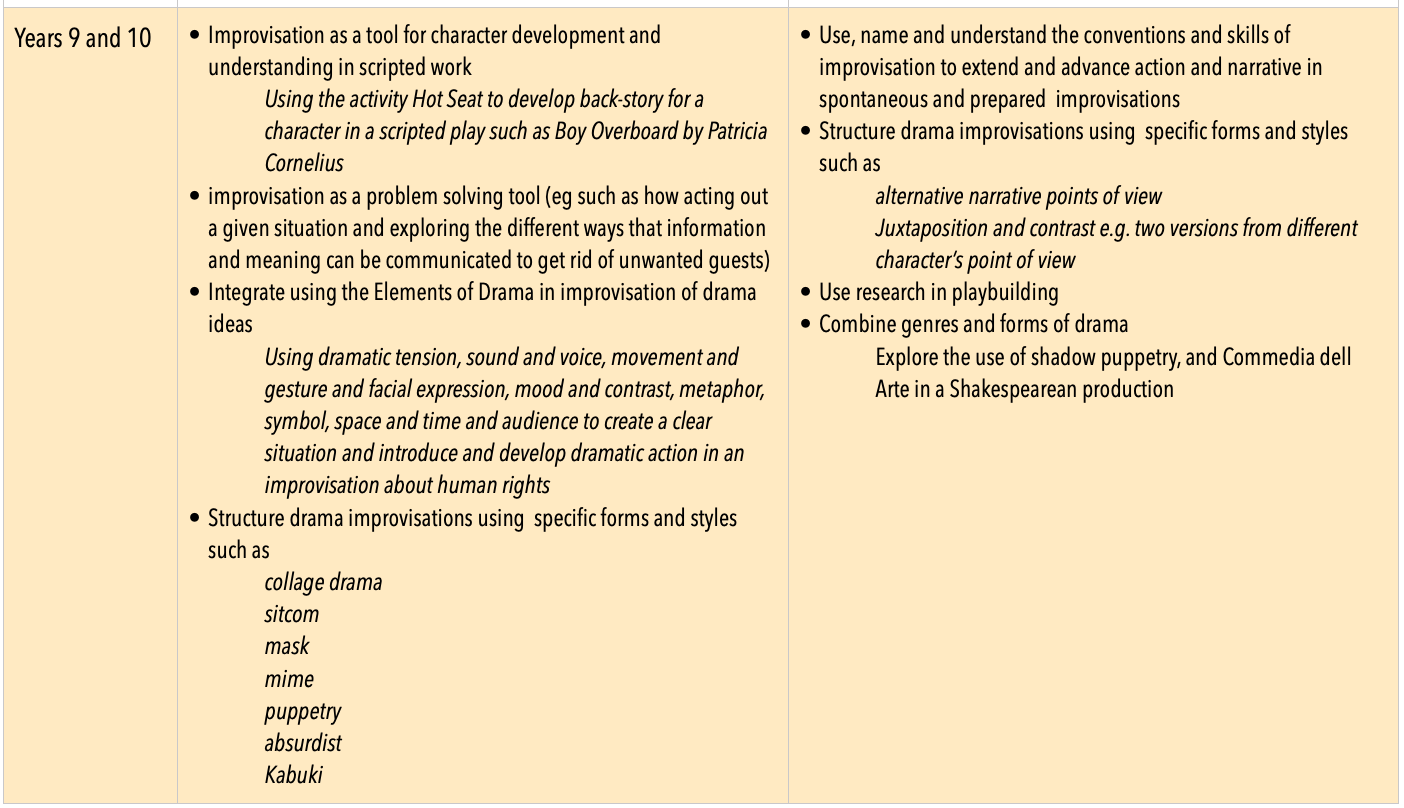A different Drama Tuesday
/Why I am a teacher. Why am I teacher?
During my first year in teacher education I found myself sitting across from a troubled young student. Anxiety was written in his sweaty body language, the tightly drawn breaths and the lacing of his fingertips as he dodged around the reason for his visit: he was struggling to write the first assignment in EDN101 Intro to Teaching. The task was a gentle recount of something from his own schooling that had left an indelible mark on his own decision to become a teacher. This topic was something that I could relate to as it was a question I had asked myself often.
“I can’t think of anything to write…” he muttered before trailing off into indefinite silence.
I wanted to help so I offered some suggestions but his answers were desultory and noncommittal.
Tell me about where you went to school. In the country
What were your teachers like? They were OK, I guess.
Were you a good student? Guess so, about average. I always did what i was told. My mum made sure of that.
Why do you want to become a teacher? Mum thought it would be a good idea. Dad told me that it was a good job, steady. Lots of holidays. Good pay.
So you want to be a teacher? Nup.
Impasse. I searched in my backpack of conversation topics to see if we could move on.
Tell me a bit more about school. Was there something you were good at in school? Sport.
OK, tell me about that. I thought that being a PE teacher would be good. Always out on the oval, moving about. Couldn’t sit long in a desk. Hated doing head stuff and reading. But I could see myself doing that. I was pretty good at running and OK at footy and the health stuff was OK, bit sexy scary but it was interesting…
Something seemed to have switched on for him. Words flowed.
There was this one time, we had a lightning carnival. Our little District High went to the Senior High in the next big town and I was in the relay team. It was a blustery down south sort of day but OK and we won the relay which was right at the end of the competition. In fact, it was the very last event and the PE teacher made us get on the bus as soon as the race was finished and the cup was handed over. I was so happy. But it had been a busy day and after lunch i was too nervous to go to the toilet and had run the race with a full bladder, thinking I could go before I got on the bus. But that didn’t happen, did it (he added with a discomforting shiver of his spine).
She made us get on the bus, quick. Grab your things and get on there. I was still holding the trophy, a big silver cup and plonked it down on the seat beside me. The back of the bus had the usual gaggle of girls laughing and making jokes. The rest of the boys were sat at the fort of the bus because the teacher wanted to keep an eye on them because they caused trouble. So I was sitting halfway down the bus. It was OK at first, as we chugged out of the town and onto the highway. It was even OK when the other PE teacher driving the bus, ground through the gears and bunny hopped into cruising speed. But i knew I was in trouble.
I was desperate to pee. It really hurt. I asked the teacher and she said, Tie a knot in it, buddy! I pretended to look out the window at the green but couldn’t think of a helpless sense of agony. I tried looking out the window at the flicking by of the Tuarts and trying to ignore the rowdy shouting and the noisy joking in the bus that was starting to fog up the windows. I squirmed one way, then another. I crossed my legs. I tried thinking of other things – winning the race – but that only made it feel worse.
I scrabbled around in my bag in case there was an empty drink container. It would be desperate I know but I simply had to go. I looked at the plastic bag that mum had sent my lunch in, but it was too flimsy. I thought about opening the window of the bus, but those girls behind me would see. There was only one thing for it. The silver trophy was on the seat beside me. Trying to look casual, I slid it towards me and quietly, checking to see no one was looking …
The relief was immediate.
I would have gotten away with it, but at that moment the bus slid into a turn and there was a clanking of silver cup against the back of the next seat. The PE teacher who was standing near the boys at the front of the bus, looked up quickly and was catapulted a couple of steps down the busy towards me. Her face said it all. She noticed the slopping yellow liquid, and my startled face looking up at her wide eyes. You dirty little bugger! And then everyone else on the bus was looking with questioning eyes. That’s disgusting, you little animal!, she said. Can’t you control your animal instincts! Her eyes had that look of disgust.
His narrative stopped now. He looked away and down, ashamed. Then he whispered mostly to himself. Bitch. She didn’t need to have called me that. I hate her. She can stuff her PE teaching.
I let the moment settle, waiting.
Why don’t you write about that? Mum would kill me, if I did that.
Do you think so? I know so. I can tell, even now. She had to go up to the school to get me after the bus got back. They rang her from the bus.
I still think you should write about it for your assignment. Not gonna happen.
He left my study with a shrugged shoulders at an offer to help him write it. Soon after, he left the teaching course. It might be something that happened a long time ago but I still remember it powerfully.
Was it a good decision for him to leave teaching? Impossible to know. Could I have done more to help him at this moment in his teacher education journey? There are no second guesses in teaching. When you think about it, his telling of the story and his sense of outrage of his own teachers might have given him the necessary empathy to be a great teacher. Or, may be it was the right decision for him to leave his course.
I am happy to share with you that I came into teaching determined that I would make teaching better than my own schooling. The casual brutalism of the daily plying of power and status of my own teachers resonated with this student’s experiences. I know it was judgmental and naive of me to be so dismissive of the parade of tired middle aged men who taught me. Their sarcasm that passed for wit ran hand in hand with their occasionally physical violence. And it is easy to say that was then and now we do things differently. But do we? As teachers are we kinder than those teachers from my past? i hope so. I hope that we are, but when I hear stories like this one, I see the old soft shoe shuffle of power and status holds the spotlight.
One thing I have come to recognise is that we all somehow live out the unfulfilled ambitions of our parents. My mother, who lived through the Great Depression and a World War, wanted to be a teacher but couldn’t do so. Therefore it is not surprising that she gently pushed me in that direction. But there was something more than that wish fulfilment to my decision to go into teaching. I was angry about my own education: the narrowness and aridity; the power plays between teachers and amongst students; the dullness. There had to be something more. I trained my eye to observe and notice. To be aware of the undertow of people and relationships and how that shaped learning. I teach because it is about being human, being alive, being wide-awake to the world (thank you Maxine Greene). As that young man in my study taught me: every moment is a learning occasion.
Learning lies at the heart of teaching.






